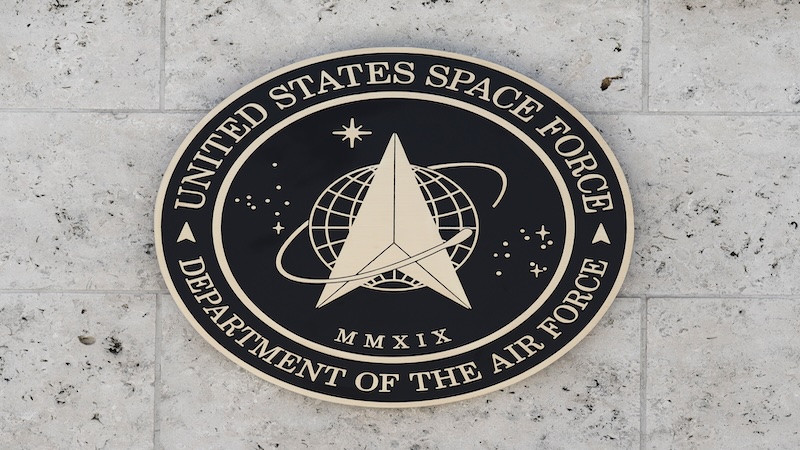
The U.S. Space Force has appointed Charleen Laughlin as its new deputy chief of space operations for cyber and data, a senior Space Force official confirmed during an August 4 Mitchell Institute Schriever Spacepower Series event.
Lt. Gen. DeAnna Burt, who currently leads operations, cyber, and nuclear for the Space Force, said Laughlin’s appointment is part of a planned effort to create a dedicated leadership role for cyber operations. With Burt preparing to retire, her successor will take on only the operations and nuclear responsibilities, while the cyber and data portfolio will now be fully handled by Laughlin in a standalone capacity.
Laughlin officially stepped into the new position in late June.
“We decided last year we needed to investigate how we would separate that,” Burt said. “So, we basically merged what was then [Chief Technology and Innovation Officer] within the Space Force and [my role] as an S6. We merged those together to build an S6 standalone.”
Laughlin is charged with leading the Space Force’s cyberspace operations, cybersecurity, communications, and information systems. The position had been filled on an acting basis by Col. Nathan Iven, who now serves as a special assistant in the office.
“We recognize the importance of AI … and machine learning and automation,” Burt said. “I think now separating that out on its own will allow us to drive at this at an even greater level of detail, while at the same time protecting all of that data and the cyber protections and the things that are needed.”
Space Force AMTI Mission Timeline Unclear
The Space Force’s leadership changes come as the service ramps up its role in key mission areas like ground moving target indicator (GMTI) and air moving target indicator (AMTI) operations.
The Space Force requested $1 billion in its fiscal year 2026 budget to support investment in GMTI capabilities. The service emphasized its ongoing collaboration with the military services, Combatant Commands, and the Intelligence Community to develop and field a space-based targeting system. The goal of the effort is to enable direct delivery of sensor data to combat platforms, allowing aircrews to track and engage moving targets in real time.
Space Force is already collaborating with the Intelligence Community to develop and launch early GMTI satellites — expected to go up next year.
Additionally, Burt said lessons from tracking objects on the ground will ultimately help steer the way for airborne target tracking.
“The technology part will work itself out,” she said. “But I think the lessons we are learning in GMTI are building a framework for how we will task and execute as we move into AMTI.”
An analysis of alternatives for conducting AMTI from orbit is expected this fall, and the service is working closely with commercial and industry partners to explore viable sensing methods.
“There’s no one silver bullet of a phenomenology that’s going to do this,” Lt. Gen. Burt said, emphasizing the need for multiple approaches.
